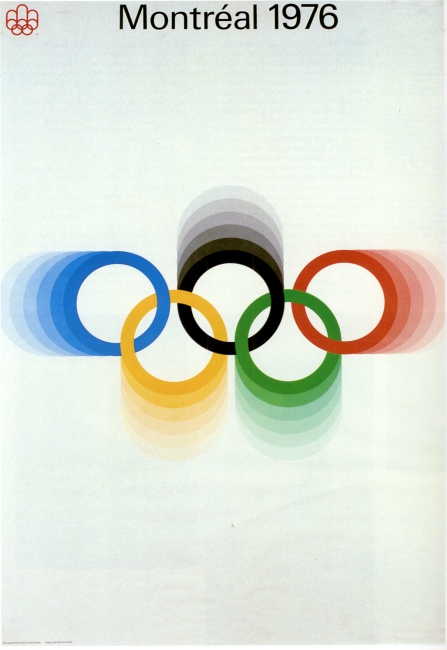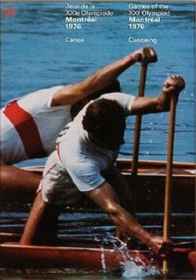Posters seem to have played an important role in the image which recent
Olympic organizing committees have sought to project. COJO followed the
same path, ordering two main series of posters from the Graphics and Design
Directorate. The first series illustrated eight themes which the organizers
of the Montréal Games wanted to stress in particular.
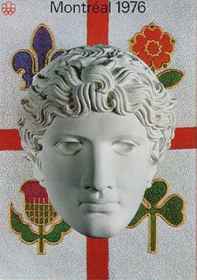
Poster: Olympic Stadium
The Olympic Stadium is shown in a synthesis of geometrical drawings
and colors.

Poster: Mascot
The beaver, called "Amik," was the mascot of the Montréal Olympic
Games. It appears on this poster wearing a ribbon of COJO colors.
Poster: Flag
This poster is a schematic representation of the official emblem in
motion. Flying in the wind, the COJO flag acts as a rallying point suggesting
mobility.
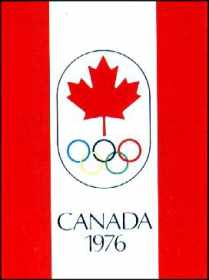
Poster: International Youth Camp
The swarm of ideas and attitudes characteristic of modern youth is
illustrated on a background of blue jeans, the favorite dress of young
people. Worn on them are buttons symbolizing love, equality of the sexes,
return to nature, the search for spiritual values, personal harmony, and
the need for brotherhood.
Poster: Olympia and Montréal
The historical tie which now links Olympia and Montréal is represented
by the sculptured head of a Greek athlete on a background of the Montréal
coat-of-arms.
Poster: Kingston 1976
The six boat classes in the yachting program appear on this poster.
Water is represented by waves in COJO colors.
Poster: Olympic Flame
Like a goddess from Olympus, a young Greek woman is a reminder of the
origin and antiquity of the Olympic Flame, the sacred fire which inspires
the runner and leads him to victory.
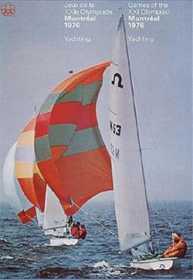
Sports Posters
The second series of posters commissioned by COJO illustrated the twenty-one
sports on the program of the Games of the XXI Olympiad. Each was intended
to communicate the action and immediacy of its sport. The Graphics and
Design Directorate, therefore, preferred photographic techniques to drawings,
where the results might have been colored by the artist's personal interpretation.
In the search for authenticity and using well defined selection criteria,
COJO representatives visited Olympic sites in Munich and selected twenty-one
color transparencies from among some 200,000 photos. Each photo had to
be suitable for enlargement and reproduction, show readily apparent motion
not contrary to the rules or special techniques of the sports, and be as
spectacular as possible.
( Source document: Official
Report 1976, Vol. 1, page 320)
